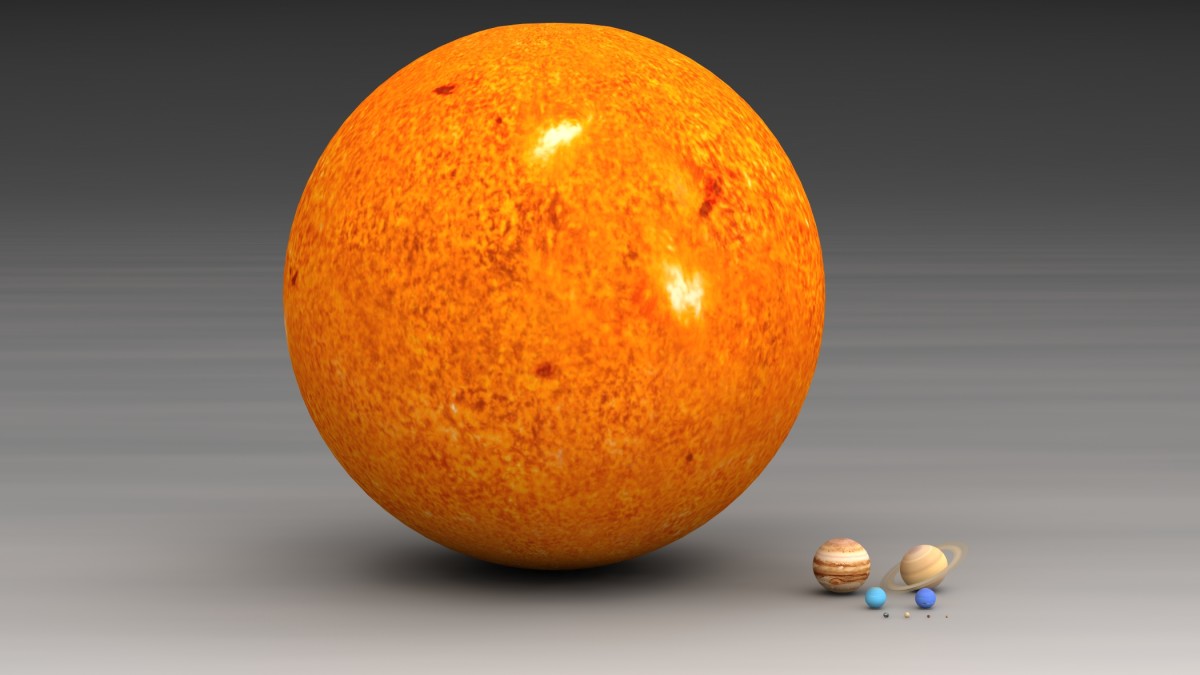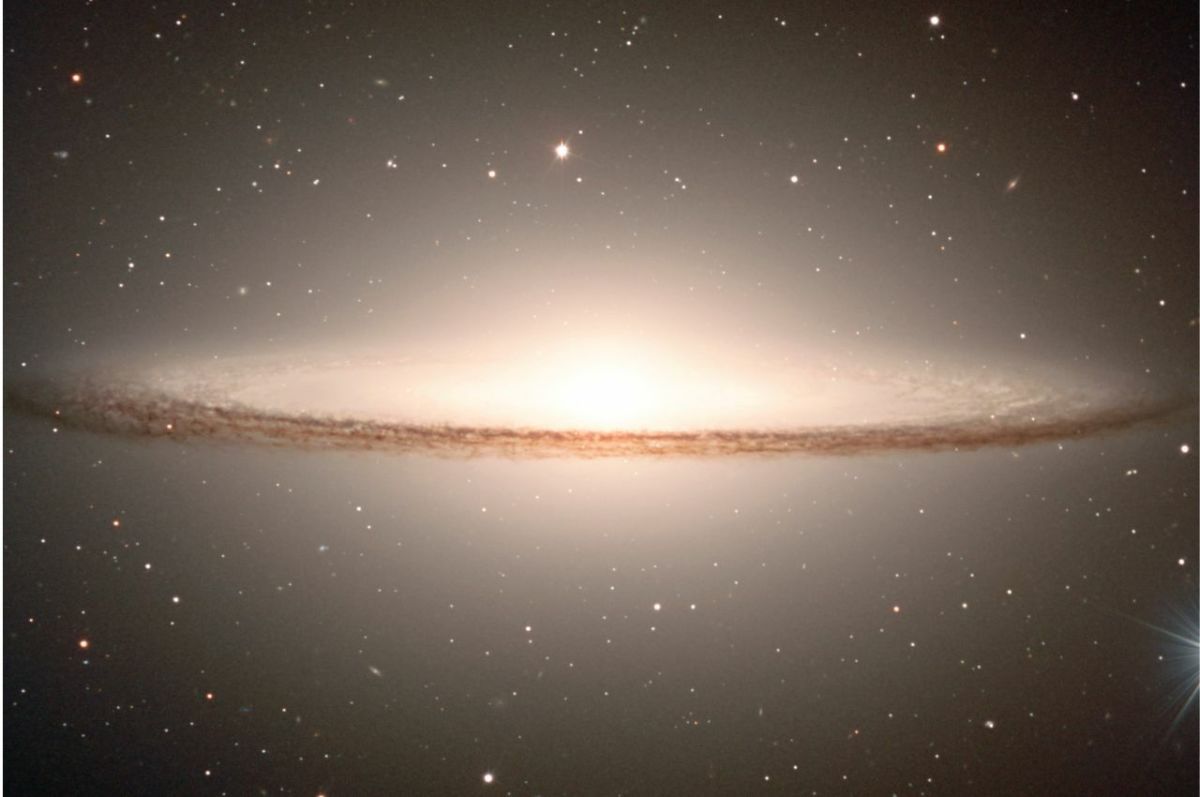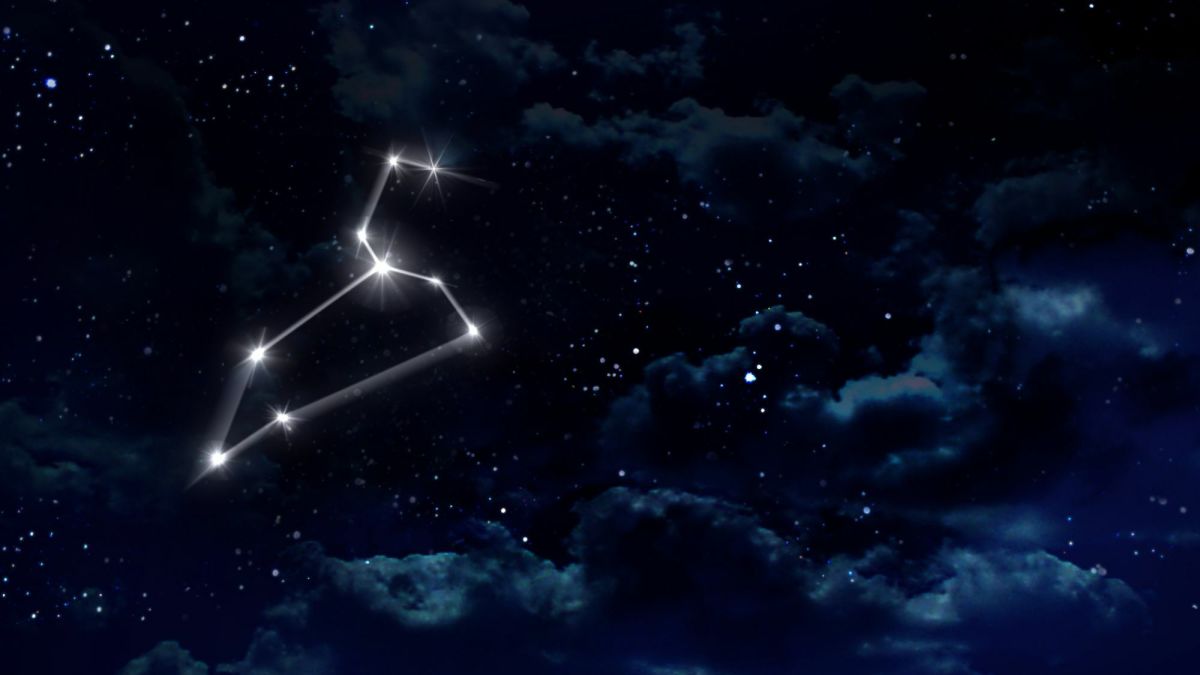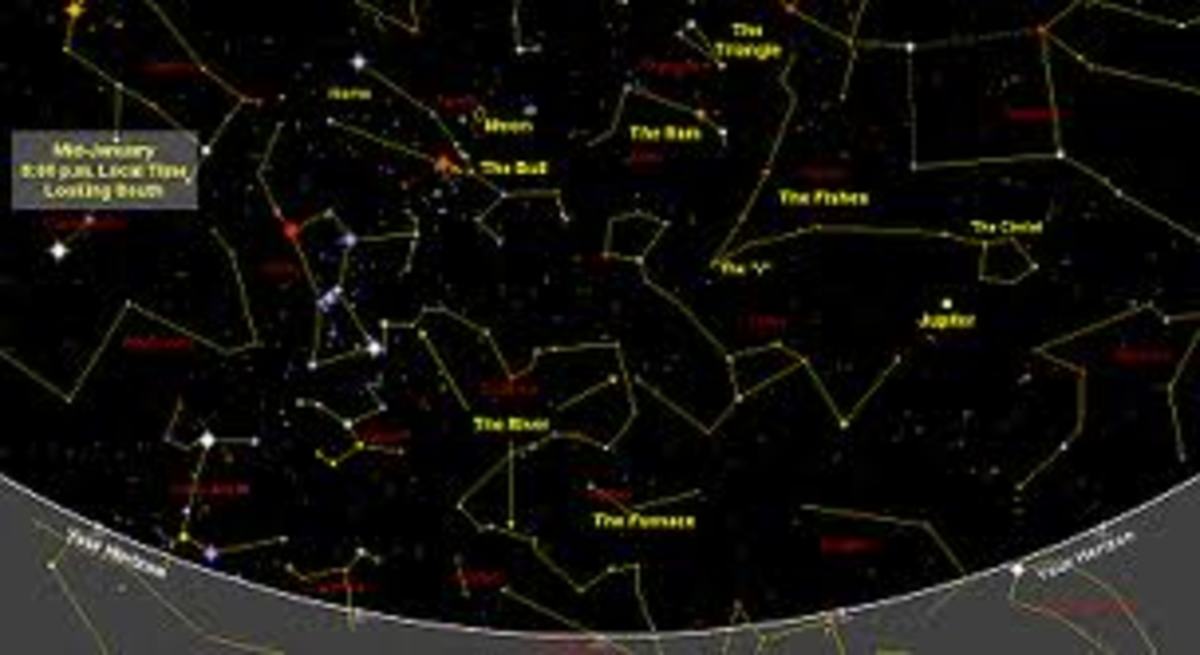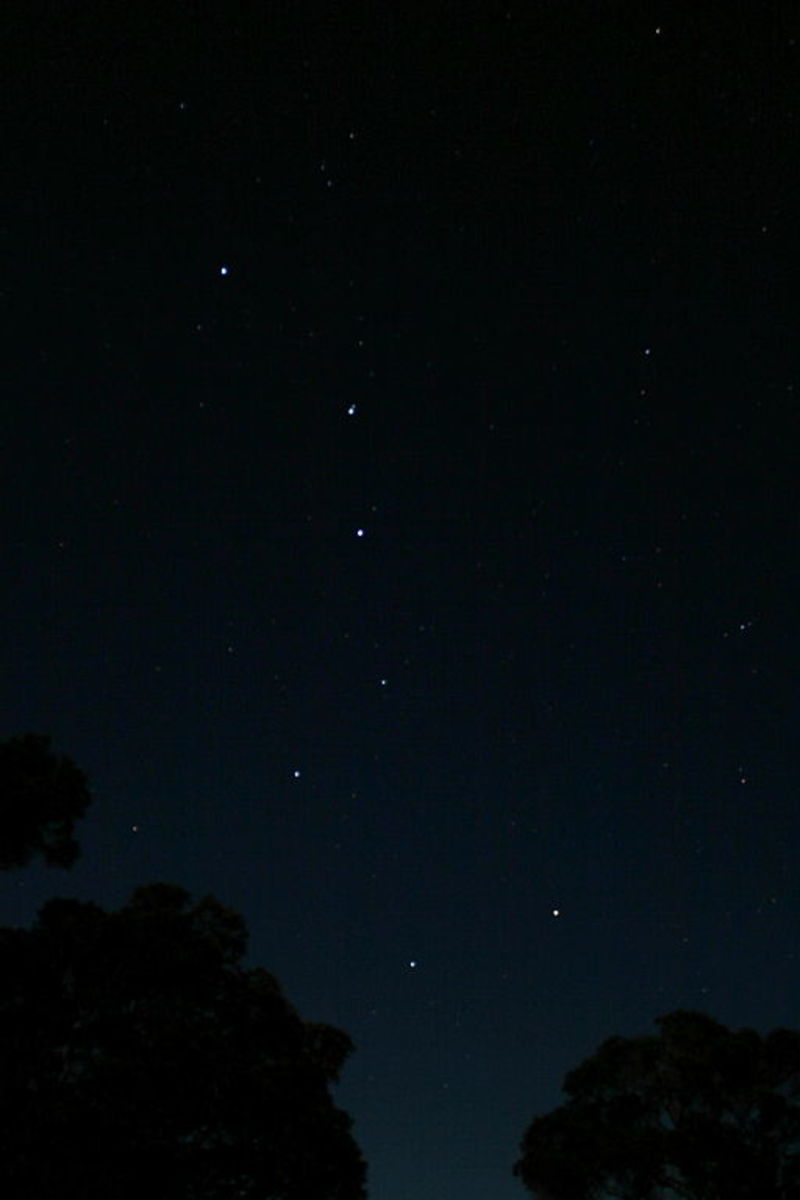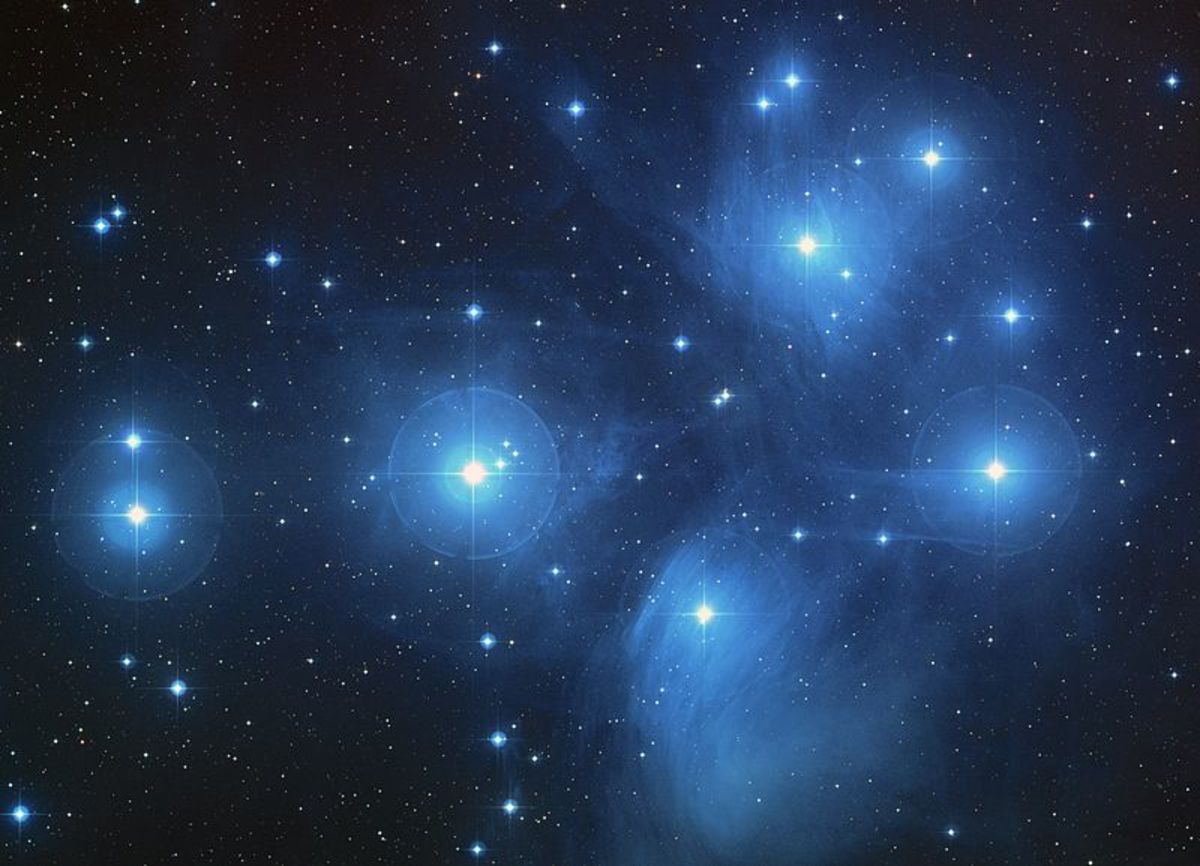The Upcoming Supernova of Betelgeuse
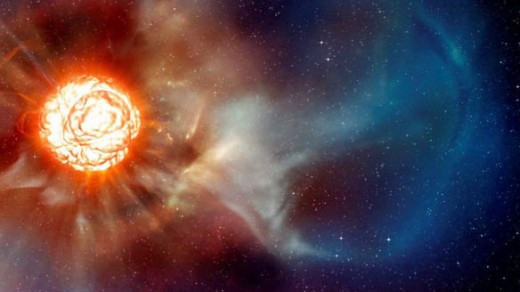
The Emergence of a Temporary Two Sun Sky
Betelgeuse is located in the constellation of Orion and marks from our point of view, the shoulder of the upraised arm that holds the staff that almost intersects the ecliptic between Taurus and Gemini. This is close to the famed “Heart of Sky” of the Maya, noted for their accurate astronomy and complex calendar system. The top of Orion's staff, marks the loop of the snake according to the Maya. This star is set to detonate in the near future from our point of view and there are distinct signs that it is about to go into a type two super nova. For a brief time, it will become the brightest object in the entire galaxy, visible to possible alien civilizations in galaxies such as Andromeda. This star is 643 ± 146 light years away, within the parallax range for calculating stellar distance. It is estimated to be 13 to 18 solar masses, making it a black hole candidate. It is big enough and close enough for some of our super telescopes to resolve the stellar disk and at least two nebular clouds that have been ejected along with a spiralling plume. It is also pulsating regularly over approximately one year during observations from Dec. 1988 to Aug. 2002. A noticeably large pulse occurred during 1991-92 and may have been a nebula expelling event of an element fusing flash. Given the distance to the star, we can be relatively certain about one thing and that it may have already exploded. The signal from the explosion has yet to reach our point of view.
Massive stars such as Betelgeuse go through several stages of fusion burning until they reach the point of fusion of silicon into iron. This represents an energy well where hydrostatic equilibrium breaks down and there is insufficient energy released at the core of the star to keep it from collapsing. A star of this type goes through a fusion chain of hydrogen to helium to carbon, then neon, oxygen, silicon and finally iron. During each core transition, the star runs out of one fuel, collapses and ignites the next fusion stage which then causes a rapid expansion, ejecting surface layers into interstellar space. The topmost layers are mostly hydrogen. Concentric shells of elements form as the star ages with hydrogen at the surface and silicon at the core before the last fuel fuses out. Whether or not each element fuses at boundary regions is not to clearly known, but it is likely given the increasing temperatures and pressures required to burn more massive elements. The star goes through several stages, each one shorter in duration until it runs out of silicon in the core. Each flash has a name, such as a helium flash and a carbon flash. At each transition, there is a flash. We know from Betelgeuse that the star continues to bounce after each flash causing a rhythmic cycle of brightening and dimming. We do not know how many flashes have occurred in the extent of the history of the star, but we do see remnants of two previous flashes, so Betelgeuse can be anywhere along the line from neon to silicon. If it is in the earlier phase about to transitional from oxygen to neon, then there will be a noticeable brightening, but no nova, We can expect to detect another nebula blown off the surface. If on the other hand, it is about to run out of silicon at the core and is about to attempt to go into the iron stage, then we can expect fireworks the likes of which have never been seen in the sum of recorded history.
When the transition to iron stage is reached, the core suddenly collapses away from the stellar surface into a hot ultra dense iron core with no release of radiative pressure. Hydrostatic equilibrium is lost. The upper layers have nothing to support them and they fall onto the new tiny ultra dense iron core. It takes some time for the upper layers to follow the collapse and then there is an extremely powerful catastrophe at the moment of impact. The impact is so great, that fusion instantaneously produces the range of elements known to humanity. The sudden release of energy causes the outer layers to violently explode off the core and at the same time, compress the core so much, it collapses into a black hole. The copious amount of energy released momentarily outshines all the other stars in the galaxy. Among that is spewed out all the elements created during the collapse and explosion along with a neutrino shower and a huge amount of gamma rays. During the collapse and impact phase, the neutrinos are generated that manage to escape into space even before the outer layers and the energy generated. Thus, in the event of a nova, we would see the neutrinos first as we did during the 1987A nova event in the Large Magellanic cloud. This would be the tip off, but it would only be a matter of hours or a day at most. Within the nebulae themselves, we cannot tell which stage the star is at unless we could count each shell. We can resolve only two at this point, but that does not mean we have seen them all.
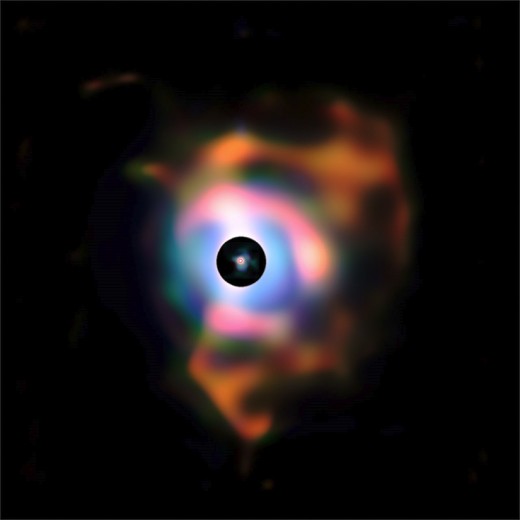
So then, just where is Betelgeuse in the history of its evolution? The best we can do is propose a range of estimates based on what is known. Let us say for the sake of argument that Betelgeuse is about to go into either the neon flash or the iron catastrophe. Given the theory and what is known 3 years are required to burn the neon. After this the oxygen burning phase would take three to four months. When silicon is reached, then it takes five days to a week depending on the stellar mass. Then the iron catastrophe happens in a few seconds. After this, it is all over for the star. We can rule out the silicon and oxygen phases because these are too short given the observations of the rhythmic pulsing. The star is still bouncing in an attempt to stabilize in hydrostatic equilibrium. We can also rule out the neon because we have been closely watching the star since 1988. A flash may have occurred in 1991-92, and what that might have been, is the carbon flash and this burning stage will last over a thousand years for the estimated mass of the star. Thus, this being the case, the next flash will not be due this year and the star itself has not yet exploded. The detonation is set for a few to several hundred years and the flash will not be seen by ourselves for well over a thousand years. After this though, when the neon flash is detected, the star will have less than four years left and we will be able to accurately predict the super nova light show of the ages. From our vantage point, let us say that the neon flash will not occur until 2991-92 AD at the earliest and no later than 3991-92 AD at the latest with the nova set to occur somewhere between 2995-96 and 3995-96. This is much too far in the future to be of concern to us now unless the star is moving toward us at breakneck speed, which it is not as far as can be determined.
Suppose for a moment that the oxygen and silicon flashes have already happened. What can we expect if Betelgeuse were to nova from our point of view sometime this year (2012)? It would be according to various astronomers as bright as the full moon to as bright as the sun. It's greatest visibility would happen during the winter months during December and January if it the light from the super nova reaches us then. If it reaches us in June, it would be at first nearly occulted by the sun, appearing close, but south of the sun, only to emerge as a morning star as the summer wore on in the northern hemisphere. It would be a blinding pinprick of light, as dangerous to gaze upon as the sun. The brightest phase would last about a weak and thereafter it would gradually dim until a year later it would start to evolve into a fuzzy light patch. Years later, it would resolve into a ring with a dark center, containing a black hole where the star once existed.
References:



